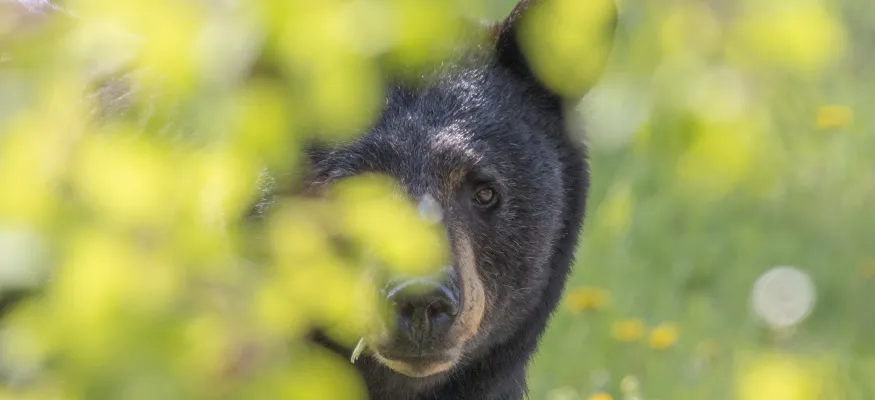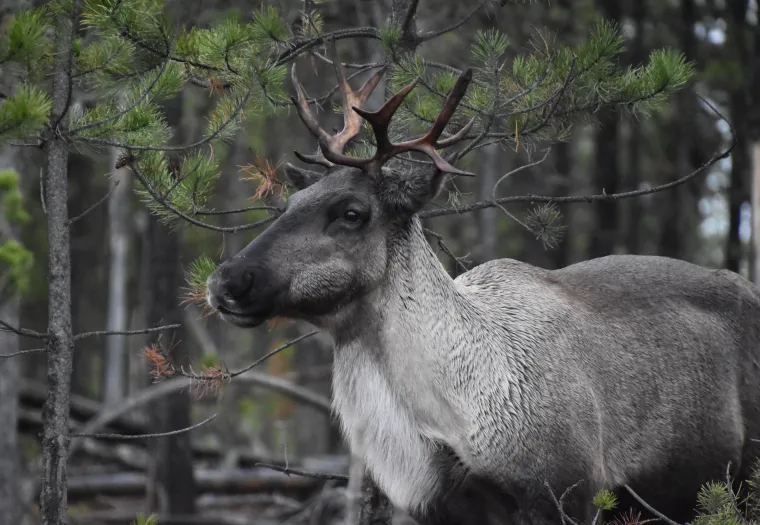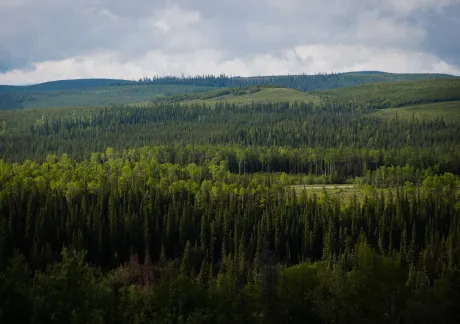
Nature & Biodiversity
Ecosystem Resilience

Our forestry professionals and biologists work together to monitor and manage the interconnected elements essential for healthy and resilient forestland.
Active forest management ensures the long-term viability of forest ecosystems by implementing strategies that maintain ecosystem integrity, such as maintaining wildlife corridors, protecting sensitive habitats and promoting sustainable logging practices. This holistic approach fosters biodiversity, supports ecosystem services and provides a framework for sustainable resource use, ultimately contributing to forest resilience in the face of climate change, wildfire and other stressors.

Ecosystem-based Forest management is an approach that considers the interconnectedness of ecological components within a forest ecosystem, rather than focusing solely on timber production. The approach considers various ecological values such as water quality, wildlife habitat and recreation.
Enhancing forest resilience is partly addressed by considering a forest landscape’s natural range of variation. Forest ecosystems are inherently dynamic, with natural disturbances such as wildfire shaping their structure and composition. Active management aims to understand these natural processes and emulate the forest conditions that they create. By doing so, forest managers can maintain a diverse stand structure, species composition and spatial patterns like the historical range of variation. This approach helps forests adapt to changing conditions, fosters biodiversity, reduces the risk of catastrophic events and promotes the regeneration of resilient tree species.

The health and resiliency of our forests rely on biodiversity. Biodiversity can be thought of in many ways – it can be the number of species in an area, the genetic differences within a species, or even the diversity of ecosystems across the landscape. In essence, biodiversity represents the variety of life across landscapes and in the forests where we live and work.
Where we directly manage forest lands, we strive to contribute positively to the safeguarding and enhancement of biodiversity through stewardship, leadership, collaboration and sustainable management practices. We also strive to incorporate biodiversity into forest management planning and practices using advances in science, landscape modelling, research and traditional knowledge of the land.
West Fraser is an early adopter of the Taskforce of Nature-related Financial Disclosures (TNFD). Through this framework, we align with global best practices and nature-related financial disclosures and further integrate nature- and biodiversity-related risks into our business strategy and practices in the field.
Read our Biodiversity Policy here:

Under ecosystem-based forest management principles, we manage for all wildlife and plant biodiversity. However, we recognize that certain species and habitats require direct attention, driven by their risk status or public interest.
West Fraser has a regulatory, ethical and social responsibility in our forest management to consider the needs of species of concern by identifying and mitigating any risks to populations. Our approach includes a variety of measures, from mapping animal habitats to ensure they are protected; timing planning, harvesting and planting activities during the parts of the year when they cause the least disruptions; and engaging and working with local experts, Indigenous communities and stakeholder groups on our plans. We support research and work with recognized experts to improve understanding of how forestry interacts with species of concern, and to avoid and mitigate impacts. This includes grizzly bear, woodland caribou, and fish and fish habitat.

